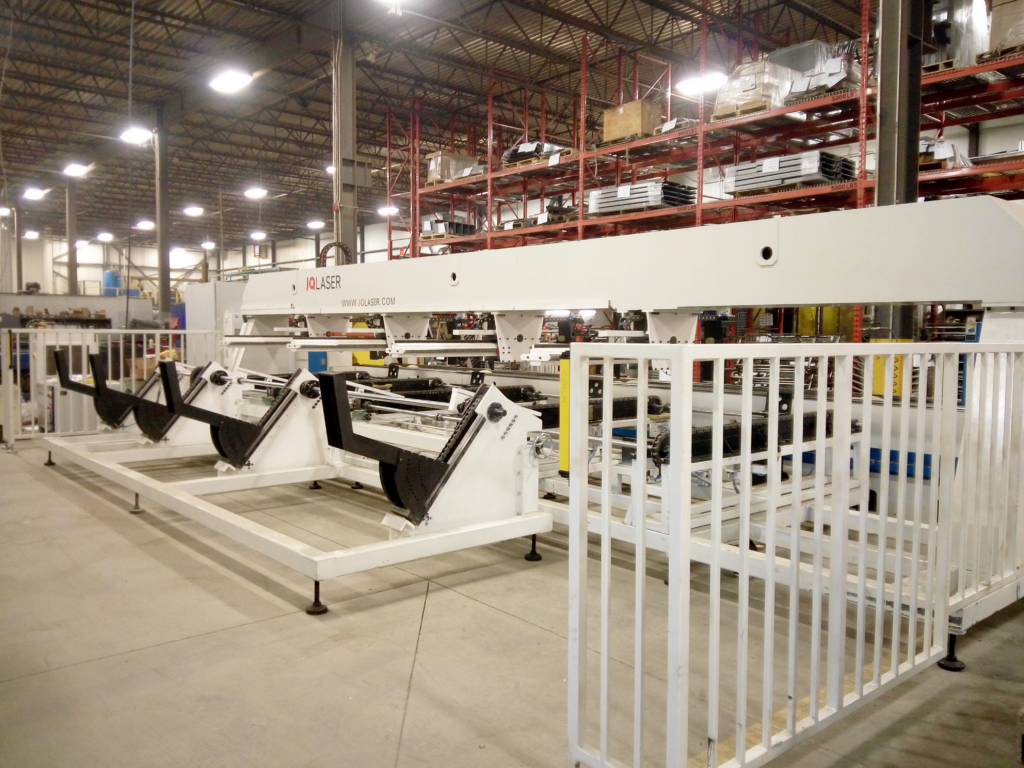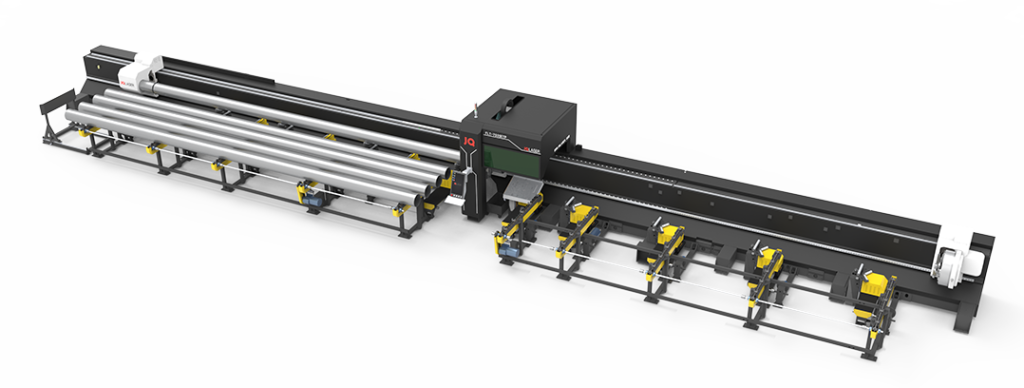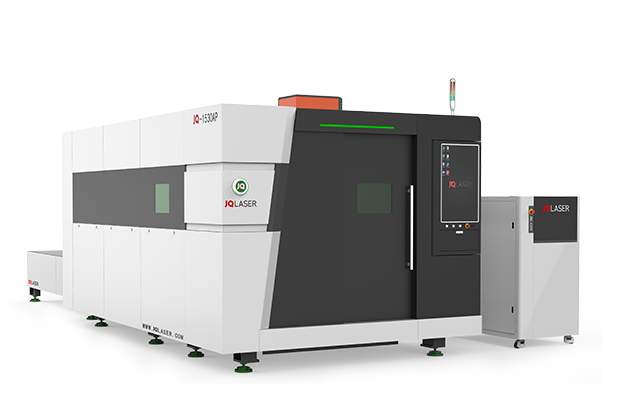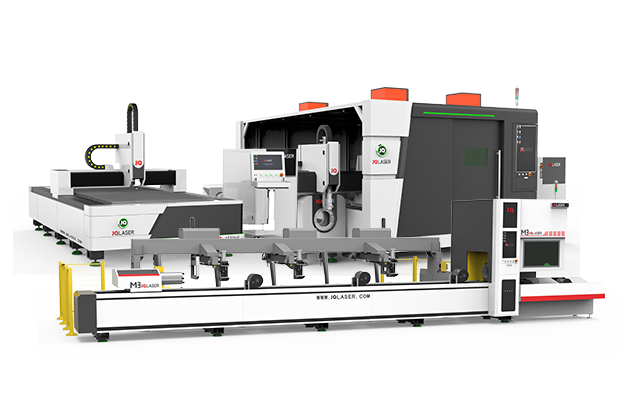The art of laser cutting has revolutionized the manufacturing industry, allowing for intricate details and precision cuts with minimal effort. Of the various laser cutting techniques available, tube laser cutting offers an array of benefits that make it superior to other laser cutting styles. From faster production times to higher-quality cuts, this article will explore the advantages of tube laser cutting over other techniques. By understanding the unique features and capabilities of this process, manufacturers can determine whether it is right for their application.
Overview of Topic
Tube laser cutting is a popular laser cutting technique that has revolutionized the way companies around the world process and shape metals. It offers many advantages over traditional methods and other laser cutting techniques, such as improved precision, cost savings, and enhanced production speeds. This article will provide an overview of tube laser cutting technology, explain its key benefits compared to other techniques, and discuss how it can offer manufacturing businesses with a competitive edge in their respective industries. Tube laser cutting is a computer-controlled method of processing metal materials by using high-power lasers to cut through them with great accuracy and speed. This method yields complex shapes with tight tolerances, which are not achievable with traditional machining processes or other forms of laser cutting.
Advantages:
Tube laser cutting is able to cut complex shapes from tube and pipe with ease and accuracy. It can be used on both straight and curved pipes and tubes, as well as those made from different metals including stainless steel, aluminum, copper, brass and titanium. The system also makes it possible to adjust the speed of the process without compromising quality or precision. The greatest advantage that this technique offers is the potential for higher efficiency when compared with other methods such as water jet or plasma cutting.
Precision
Tube laser cutting offers many advantages over other methods of laser cutting. It is much faster than traditional methods, as well as offering more flexibility in terms of shape and size of the end product. Additionally, because the beam is focused directly on the material, it offers greater accuracy than other methods which require additional steps such as etching or marking beforehand. With tube laser cutting there is no need to pre-mark the material before cutting – this ensures an exact cut with perfect results every time.
Efficiency
Efficiency is a key advantage to tube laser cutting over other laser cutting techniques. This method of cutting uses a laser beam that’s focused through a lens to deliver precise and accurate results, significantly reducing the amount of time needed for fabrication. Compared to other traditional methods such as sawing or drilling, tube laser cutting offers higher productivity and cost efficiency. It also eliminates many processes like secondary deburring and edge machining, reducing the labor costs associated with these tasks. Tube laser cutting allows for optimized cut quality due its ability to produce parts with little or no burrs on their edges resulting in very smooth cuts. The use of lasers also allow for greater control over the speed and accuracy of cuts along with the ability to create complex shapes without any additional set-up time.
Cost Savings
Cost savings is one of the most important advantages of tube laser cutting over other traditional laser cutting techniques. Tube laser cutting machines deliver high efficiency and precise cuts, making them ideal for industries that produce metal parts on a large scale. With tube laser cutting, businesses can reduce their operational costs significantly while also increasing productivity.
Technology Overview:

Tube laser cutting machines are automated systems that use a laser beam to cut tubes made of metal or other materials into specific shapes and profiles. The laser beam is generated by a laser source and is focused and directed through a set of optics to the cutting head, which houses the focusing lens and nozzle. The cutting head is mounted on a movable carriage, which can be controlled by a computer numerical control (CNC) system to position the laser beam at specific points on the workpiece.
To start the cutting process, the tube is placed into the machine and the CNC system is used to program the desired cutting path. The laser beam is then directed through the optics and onto the surface of the tube, where it melts and vaporizes the material. An assist gas, such as nitrogen or oxygen, is typically used to blow away the molten material and help to cool the cutting area.
Tube laser cutting machines are highly precise and efficient, and can produce cuts with a high degree of accuracy and repeatability. They are also able to cut complex shapes and profiles that would be difficult or impossible to produce using other methods. Some tube laser cutting machines are also equipped with additional features, such as the ability to mark or engrave the workpiece and to perform additional processing steps, such as bending or tapping.
Different Types of Lasers
There are several different types of lasers that are used for various applications. Some common types of lasers include:
- Gas lasers: These lasers use a gas mixture as the active medium and can produce high-energy beams of light. Examples of gas lasers include helium-neon lasers and carbon dioxide lasers.
- Solid-state lasers: These lasers use a solid material, such as a crystal or glass, as the active medium. Solid-state lasers are often used for cutting and welding applications.
- Semiconductor lasers: These lasers use a semiconductor material, such as gallium arsenide, as the active medium. Semiconductor lasers are small and efficient, making them suitable for use in portable devices and communication systems.
- Fiber lasers: These lasers use a flexible fiber optic cable as the active medium. Fiber lasers are highly efficient and can produce high-quality cuts with minimal heat distortion.
- CO2 lasers: These lasers use carbon dioxide as the active medium and are capable of producing high-energy beams of infrared light. CO2 lasers are commonly used for cutting, welding, and marking applications.
- Excimer lasers: These lasers use a combination of gases as the active medium and produce ultraviolet light. Excimer lasers are often used in medical and industrial applications, such as laser eye surgery and microelectronics manufacturing.
Overall, the type of laser used depends on the specific application and the properties required of the laser beam.
How Laser Cutting Operates
Tube laser cutting involves using a high-power laser beam to cut tubing with great precision. Unlike traditional laser cutter which require long setup times and multiple passes over the surface of the material, tube lasers are capable of creating intricate patterns across curved surfaces in one single pass. The resulting cuts are extremely accurate and repeatable with minimal waste. Tube lasers can also be used on a wide variety of materials such as steel, aluminum, stainless steel, copper alloys and titanium alloys among others.
Applications of Tube Laser Cutting:
Tube laser cutting is a manufacturing process that involves using a laser to cut shapes and profiles out of tubes made of metal or other materials. This process has a number of applications in various industries, including:
- Automotive: Tube laser cutting is commonly used to manufacture parts for the automotive industry, such as exhaust systems and chassis components.
- Aerospace: Tube laser cutting is used to fabricate structural components for aircraft, such as fuselage frames and wing spars.
- Furniture and fixtures: Laser cutting can be used to create decorative elements for furniture and fixtures, such as table legs and handrail fittings.
- Medical equipment: Laser cutting is often used to manufacture components for medical devices, such as surgical instruments and prosthetics.
- Construction: Laser cutting can be used to produce structural components for buildings and other structures, such as staircases and railings.
- Art and design: Laser cutting is frequently used to create intricate designs and patterns in metal and other materials, which can be used for decorative purposes or as functional components.
Overall, tube laser cutting is a highly precise and efficient manufacturing process that has a wide range of applications in various industries.
Benefits Summary:
Tube laser cutting has a number of benefits over traditional manufacturing processes, such as:
- High precision: Laser cutting machines are able to produce cuts with high precision and accuracy, with tolerances as low as 0.1mm.
- Efficiency: Tube laser cutting is a highly efficient process that can produce parts in a short time, with minimal material waste.
- Complex shapes: Laser cutting machines are able to cut complex shapes and profiles that would be difficult or impossible to produce using other methods.
- Minimal material distortion: Laser cutting generates minimal heat, which helps to prevent warping or distortion of the material.
- Versatility: Laser cutting machines can be used to cut a wide range of materials, including metals, plastics, and wood.
- Cost-effectiveness: Laser cutting can be more cost-effective than other manufacturing processes, especially for small batch production or prototyping.
Conclusion: Summary & Final Thoughts
Tube laser cutting is a manufacturing process that involves using a laser to cut shapes and profiles out of tubes made of metal or other materials. This process has a number of applications in various industries, including automotive, aerospace, furniture and fixtures, medical equipment, construction, and art and design. Tube laser cutting machines are automated systems that use a laser beam to cut the material, which is directed by a computer numerical control (CNC) system. Tube laser cutting has a number of benefits over traditional manufacturing processes, including high precision, efficiency, the ability to cut complex shapes, minimal material distortion, versatility, and cost-effectiveness. Overall, tube laser cutting is a highly precise, efficient, and versatile manufacturing process that has a wide range of applications in various industries.





